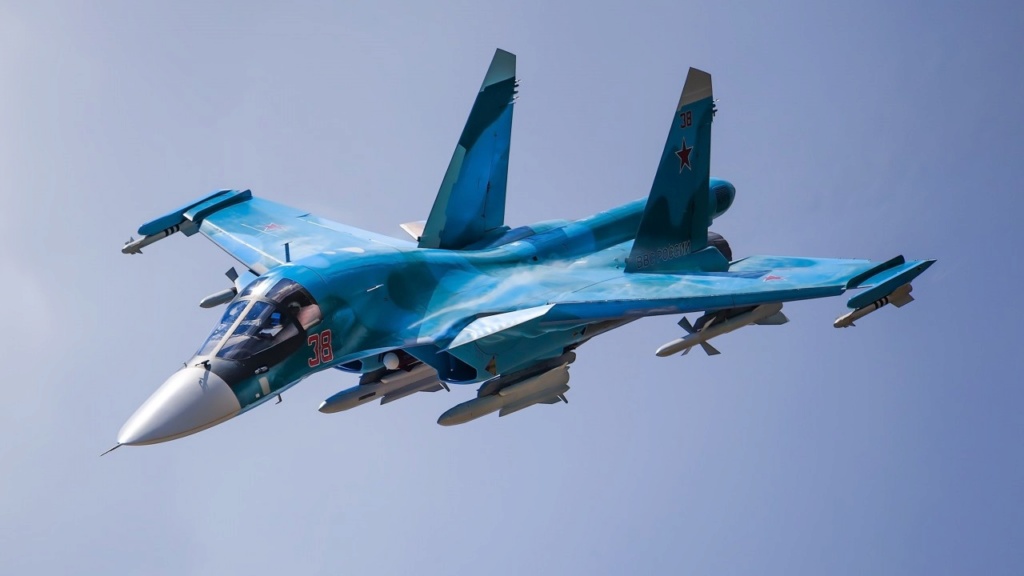 medo Sun May 05, 2019 10:37 am
medo Sun May 05, 2019 10:37 am
Su-34 PESA radar V004 have 15kW peak power and range of 370 km. I know, you use capabilities of this radar from prototype in nineties and even that radar was comparable with zaslon in MiG-31. Serial Su-34 have well upgraded radar with increased range to 370 km comparing to 200 -250 km range of prototype from nineties. It already use R-27ER missiles, so there is no problem to use R-77-1 in full range. True, Su-34 didn't get those missiles yet, but it will as they are comming in RuAF armament.

In air to air capabilities V004 is comparable with zaslon radar. Prototype from nineties have similar capabilities in range, power, could track 10 targets and engage 4 targets simultaneously. Serial Su-34 radar is upgraded and is comparable with Zaslon-AM from MiG-31BM. Zaslon-AM have increased range to 320 km, while V004 to 370 km. Domestic V004 could detect 3 m
2 target at range of 200 km, for export range will be at 120 km. True, Zaslon-AM could track 24 targets and engage 8 targets simultaneously, but MiG-31BM is pure interceptor. V004 primary roles are air to ground and air to sea modes, but even with 10 tracking targets and engaging 4 air and 2 ground targets simultaneously is still on the level of many modern fighters.




